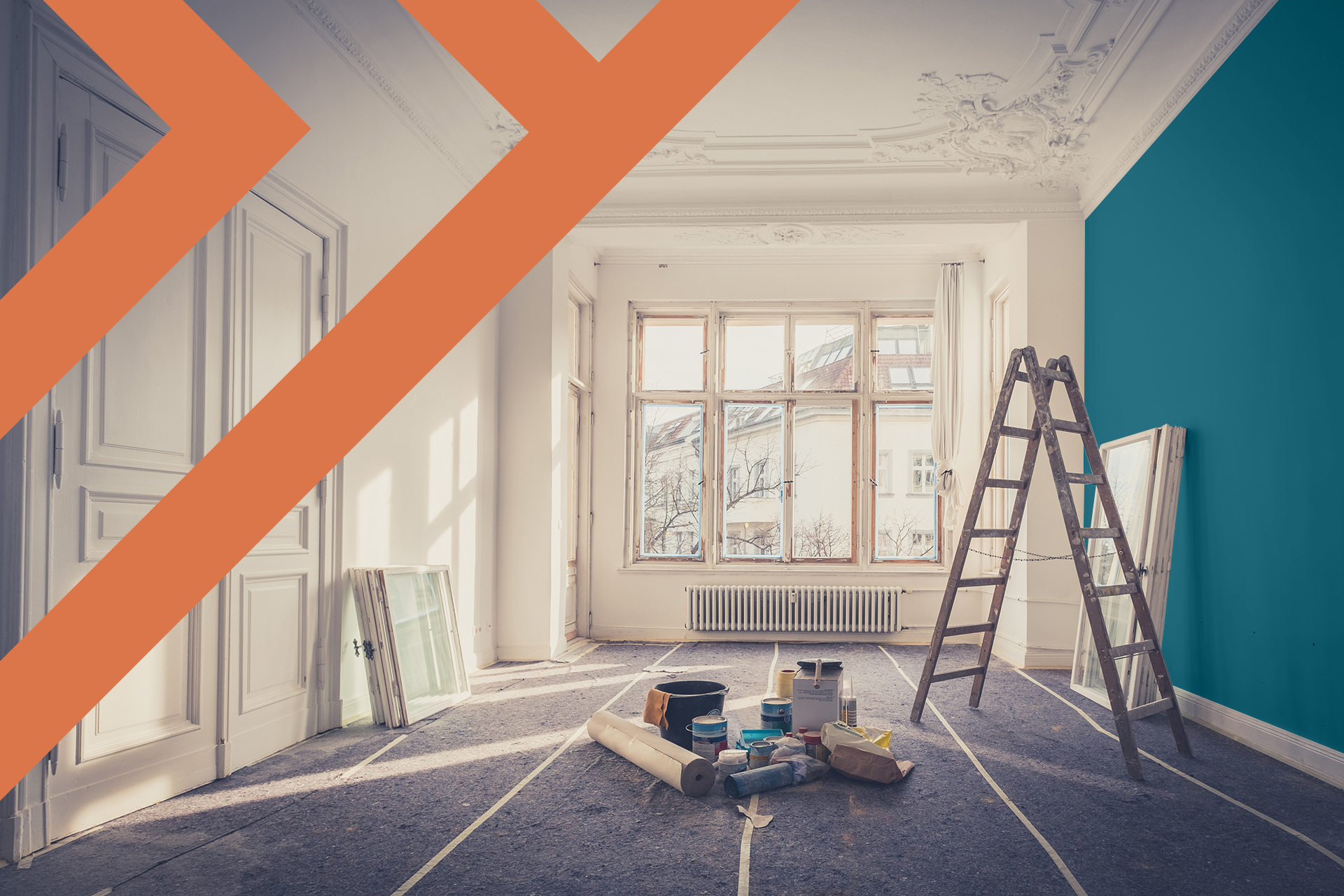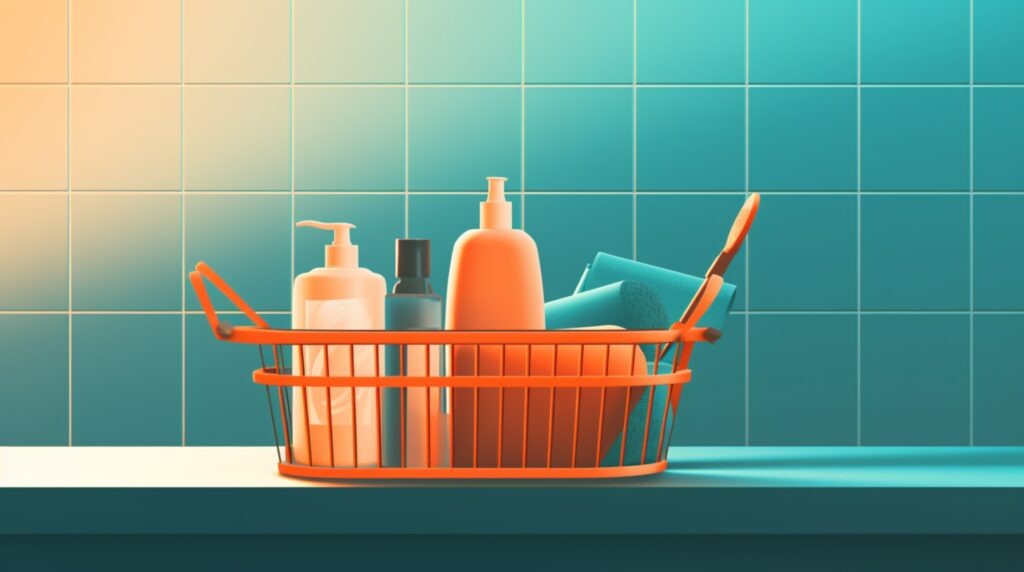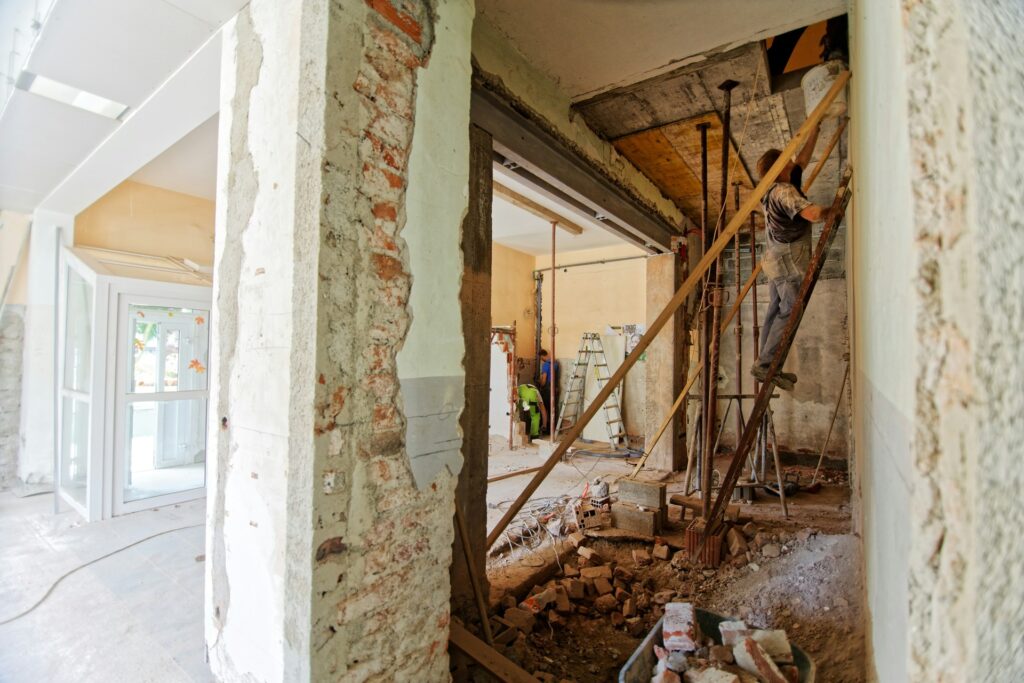
We are reader-supported. When you buy through links on our site, we may earn an affiliate commission.
Older homes have a lot of character and detail that you don’t find in modern, cookie-cutter houses. Plus, taking a building that’s fallen into disrepair and breathing new life into it is exciting and rewarding. However, there are some additional challenges you’ll face when renovating a historic home that you simply don’t run into with newer construction.
Additionally, in recent years, there has been as little as three to four months of inventory of homes for sale in the United States. A balanced market is about six months of inventory, so there aren’t enough homes to meet buyer demand. In many areas, the housing market is tight, and inventory is low. Because of this, families are staying in their older homes and choosing to remodel rather than move or go up against other buyers in a bidding war.
Whether you buy a house that needs a little extra TLC or you are renovating your existing home, here are some things to keep in mind as you work on a historic home’s exterior.
1. Use the Right Mortar
It’s vital that you match the color and type of mortar as closely as possible to the original on brick and stone buildings. Using a mortar that is too hard can cause damage to older buildings. Too much Portland cement mixed into the mortar makes it extremely hard. If you’re unsure about what to use, it’s best to call in a mason who specializes in historic buildings. Of course, this adds to your renovation costs — but prevents problems from arising later. You’ll find that this is a consistent theme when it comes to renovating a historic home.
2. Fix Foundation Issues
If you’re purchasing an older home, pay particular attention to the foundation. Over time, foundations shift and crack. Issues might be minor and fixable for under $1,000. However, you could also need a whole new foundation, which can run into the tens of thousands.
Any home from the 1960s or earlier is likely to have a cinder block foundation that gets cracks and issues from water damage over time. There are a few ways to fix such problems. Sometimes the fix is simply sealing the blocks on the inside for about $1,200. However, sometimes the home requires a new foundation and floor, which is much more costly.
3. Follow Local Guidelines
People are moving back to cities and renovating older homes, but in many communities, codes and rules have been put in place to ensure the neighborhood retains its character.
This means you may have to follow rigid guidelines when renovating your home, particularly on the outside. These rules can sometimes cause renovations to become more costly.
4. Repair Old Windows
Instead of replacing the windows in your historic home, consider repairing them. You may be able to retain the homes original character by keeping the windows and adding weather-stripping, glazing or doing some additional carpentry work to prevent heat loss and other issues.
5. Prevent Water Damage
Water damage seeps into your home and creates all sorts of problems, such as rotted wood and mold. The first step to making your home waterproof is repairing or replacing the roof. In a historic house, you’ll want to ensure that the roof matches the style of the building. You wouldn’t want to put a metal roof on a Victorian home, for example.
Pay close attention to the type of materials used for shingles and how well the color matches your overall palette.
6. Consider Functional Changes
It is rare for historical societies and neighborhood homeowners associations to permit an addition to a historic home. Of course, rules vary from place to place. This makes it difficult to expand the size of an older house, but you can still gain space by finishing a basement or revamping an attic into a small guest room or play area.
These types of changes don’t change the exterior of the home but make it more functional for those living inside.
Renovating a Historic Home
The satisfaction of breathing life into a historic home is priceless. However, you will face difficulties in preserving the exterior’s character while ensuring the structure will endure for many years to come. Renovating an older home requires patience and perseverance. This type of project isn’t for everyone, but if you love the beauty of yesteryear’s architecture, then it might be one you enjoy.










